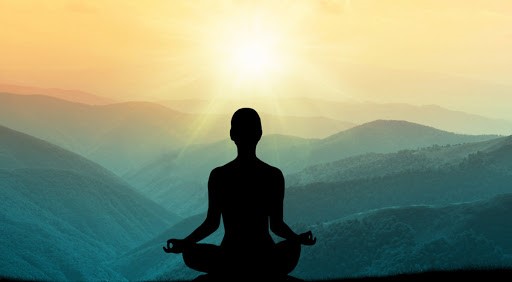By Natalie Taylor
You said in a previous column that there are different self-help techniques for anxiety reduction. I could use some help with my anxiety. Can you please discuss some of these?
Before describing some of the techniques, it’s important to set the stage. Being able to talk with a friend or family member you trust and respect about things that make you anxious can be soothing and comforting in itself. Make sure you are taking care of your physical well-being and getting some exercise regularly. A brisk walk or some yoga focuses your thoughts more on your body and less on what’s going on in your mind. Keeping a journal about what is occurring in your life, especially your inner thoughts, can be helpful in monitoring and subsequently alleviating your anxiety. Transferring thoughts from your head to paper can help diminish the effect of the anxiety and render it less intimidating when seen in print.
One of the most basic self-calming exercises is deep breathing. Try breathing in for 4 mental counts, then breathing out for the same length of time. Do this for 5 minutes total. Slowing and evening out your breathing causes your heart rate to slow down, in turn calming you down. There are numerous breathing exercises that can be explored online, such as the yoga practice called Lion’s breath or the belly breathing technique called Diaphragmatic Breathing.
Deep Muscle (or Progressive Muscle) Relaxation is a very helpful exercise if you find your body tightening up with your anxiety. It teaches you how to alternatively tense and relax muscle groups starting at one end of your body and progressing to the other end. Many excellent versions of this technique can be found online with a simple search.
Mindfulness and Guided Imagery are two anxiety-reduction techniques that are superb in helping to alleviate the effects of anxiety on our minds and bodies. Mindfulness is used extensively for the alleviation of pain. It’s the act of being acutely aware of what we are experiencing and feeling at every moment, without the interruption of interpretation or judgment. The Mayo Clinic has a great review of the meaning, practice, and benefits of this extremely useful and accessible form of meditation (Go to mayoclinic.org and search for mindfulness exercises).
Guided imagery is a mind-body intervention that I use daily with my patients to call up and produce mental images that are manipulated to calm and simultaneously stimulate our sensory perceptions. It’s one of the most potent and compelling, but relatively simple, self-awareness tools available. This technique can also be used to help alleviate pain, insomnia, manage stress, and reduce tension in your body. It’s a modern form of meditation that is relatively easy to practice wherever you may be. It helps to have a trained practitioner or teacher initiate the process but there are many examples online that can be used as a demonstration. Good luck and let me know how you’re doing.
Alan Leavens PhD, is a California licensed Clinical Psychologist, living and working in SMA. For questions or concerns that you wish him to address, please email: aleavens@drleavens.com

